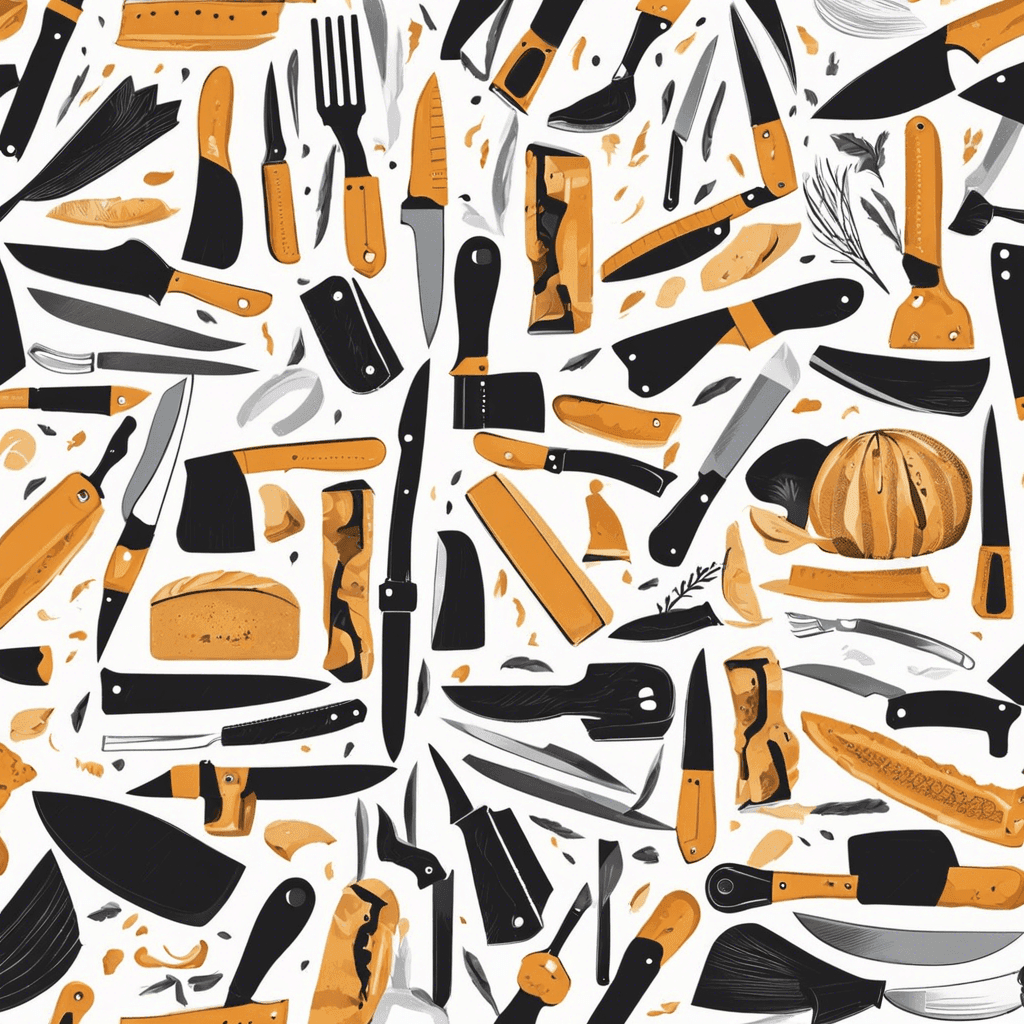Cooking can feel like a lot of work, but one thing that can make it much easier is having solid knife skills. Whether you’re chopping vegetables for a stir-fry or slicing a juicy tomato for a salad, knowing how to use your knife properly can make a world of difference. Not only does it help you work more efficiently, but it also ensures you’re doing it safely. In this article, we’ll break down some of the basic knife techniques every cook should know.
Choosing the Right Knife for the Job
Before you get into the nitty-gritty of knife techniques, it’s important to have the right tools. The most essential knife in the kitchen is the chef’s knife. It’s versatile and can be used for a variety of tasks like chopping, slicing, and dicing. A paring knife is smaller and ideal for precision tasks like peeling and trimming. And, if you’re dealing with bread or tomatoes, a serrated knife is your best friend because it won’t crush your ingredients.
How to Hold Your Knife Properly
If you’ve ever struggled to get clean cuts or felt awkward using a knife, chances are your grip was off. A good grip helps you maintain control and reduces the risk of accidents. Here’s how to hold your knife like a pro:
- Pinch the Blade: Use your thumb and index finger to pinch the blade at the base, right above the handle.
- Wrap Your Fingers Around the Handle: The rest of your fingers should wrap around the handle, giving you a firm grip.
- Relax Your Grip: You don’t need to squeeze hard. A relaxed grip gives you more control and keeps your hand from getting tired.
Mastering Basic Cutting Techniques
Now that you know how to hold your knife, let’s go over some essential cutting techniques. These are the foundation of good knife skills and will make your cooking life a lot easier.
1. Slicing
Slicing is one of the most common cutting techniques, and it’s perfect for things like vegetables, fruits, and meats. The key to slicing is to use the full length of the blade. Here’s how to do it:
- Start with your knife’s tip near the cutting board and use a rocking motion as you move the knife forward.
- Make sure your ingredients are stable, and take your time to get even slices. Try not to rush—uniform slices make your dishes look better and cook more evenly.
2. Dicing
Dicing is perfect for recipes that call for small, uniform pieces—like when you’re making a salsa or adding vegetables to a stew. Here’s how to do it:
- First, slice your ingredient into even rounds (e.g., an onion).
- Stack the slices and cut them into strips. Then, turn them and slice again to create small cubes. The more even your cuts, the better your dish will look.
3. Julienne
The julienne technique produces thin, matchstick-like pieces. It’s often used for vegetables like carrots, zucchinis, and bell peppers. Here’s how to do it:
- Slice your vegetable into manageable pieces (about 2–3 inches long).
- Cut each piece into thin planks, then stack them up and slice them into thin strips. The result should be long, thin pieces perfect for salads or stir-fries.
4. Chopping
Chopping is a simple technique for cutting ingredients into uneven pieces. It’s perfect for larger vegetables and fruits, especially if you’re making stews or soups. Here’s how to chop:
- Use a rocking motion as you move the knife through the ingredient.
- It’s okay if the pieces aren’t all the same size—it’s about getting the job done quickly and efficiently.
Tips for Better Knife Skills
Improving your knife skills takes practice, but these tips can help speed up the learning process:
- Use a Sharp Knife: Dull knives are harder to control and more dangerous. Sharpen your knives regularly, or get them professionally sharpened.
- Practice Makes Perfect: The more you practice, the smoother and more confident your cutting will become.
- Cut with a Purpose: Always have a plan for what you’re cutting and how you want it to look. This will help you choose the right technique.
- Keep Your Fingers Safe: Use a “claw” grip with your non-knife hand. Tuck your fingers in and keep them away from the blade while you’re cutting.
Knife Safety: Protect Yourself in the Kitchen
Safety should always come first when working with knives. Here are a few tips to ensure you’re cutting safely:
- Cut Away from Your Body: Always direct your knife away from yourself to avoid accidental injury.
- Don’t Rush: Take your time and cut at your own pace. It’s better to be slow and safe than fast and careless.
- Keep Knives Clean and Dry: After each use, wash your knife and dry it immediately to prevent slipping or rust.
Conclusion
Knife skills are essential for anyone who wants to cook efficiently and safely in the kitchen. Mastering the basics—like slicing, dicing, and chopping—will help you prepare meals with confidence. With a little practice, you’ll be slicing and dicing like a pro in no time. Remember to use the right knife for the job, practice regularly, and always prioritize safety. Happy cooking!



